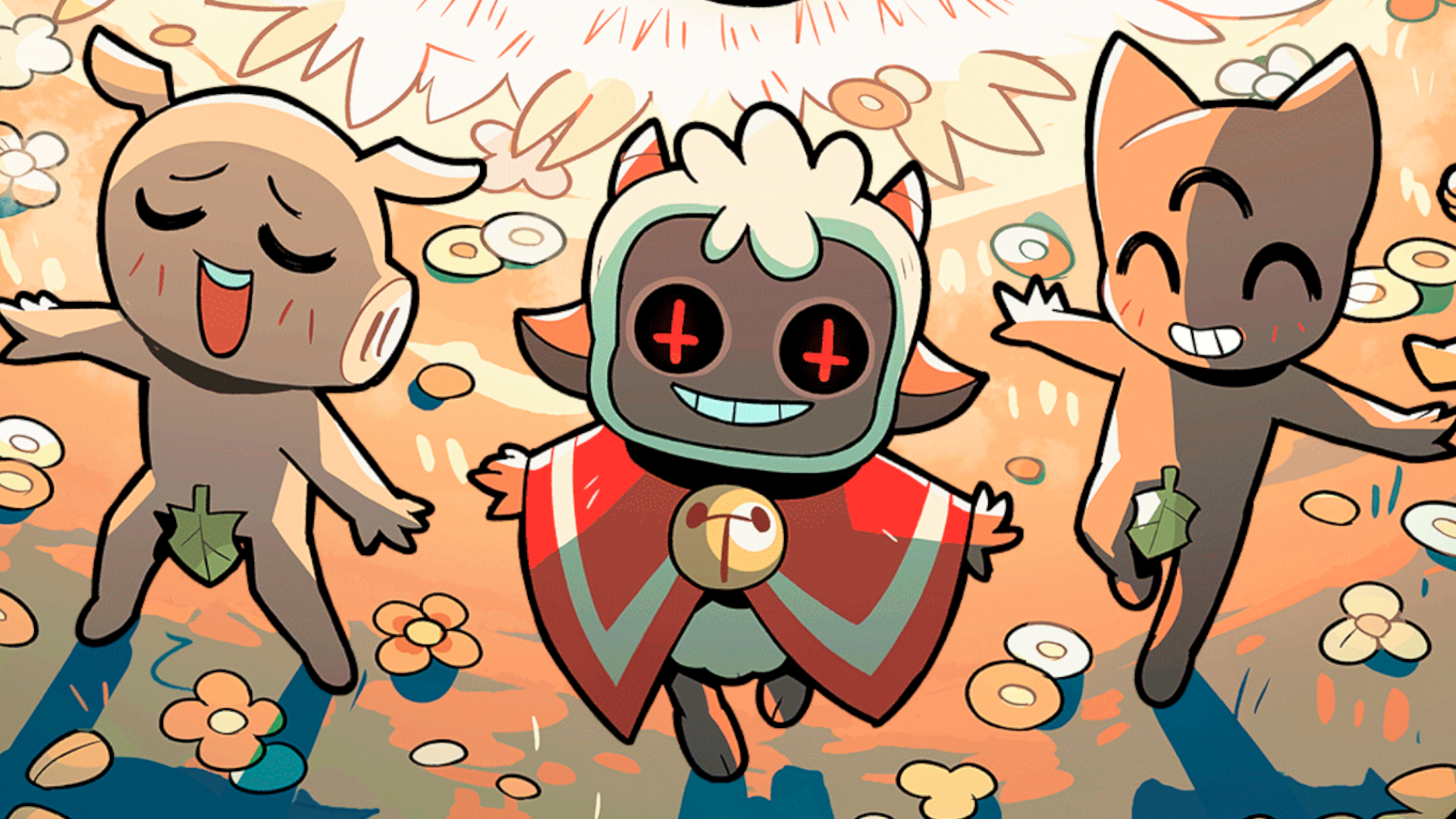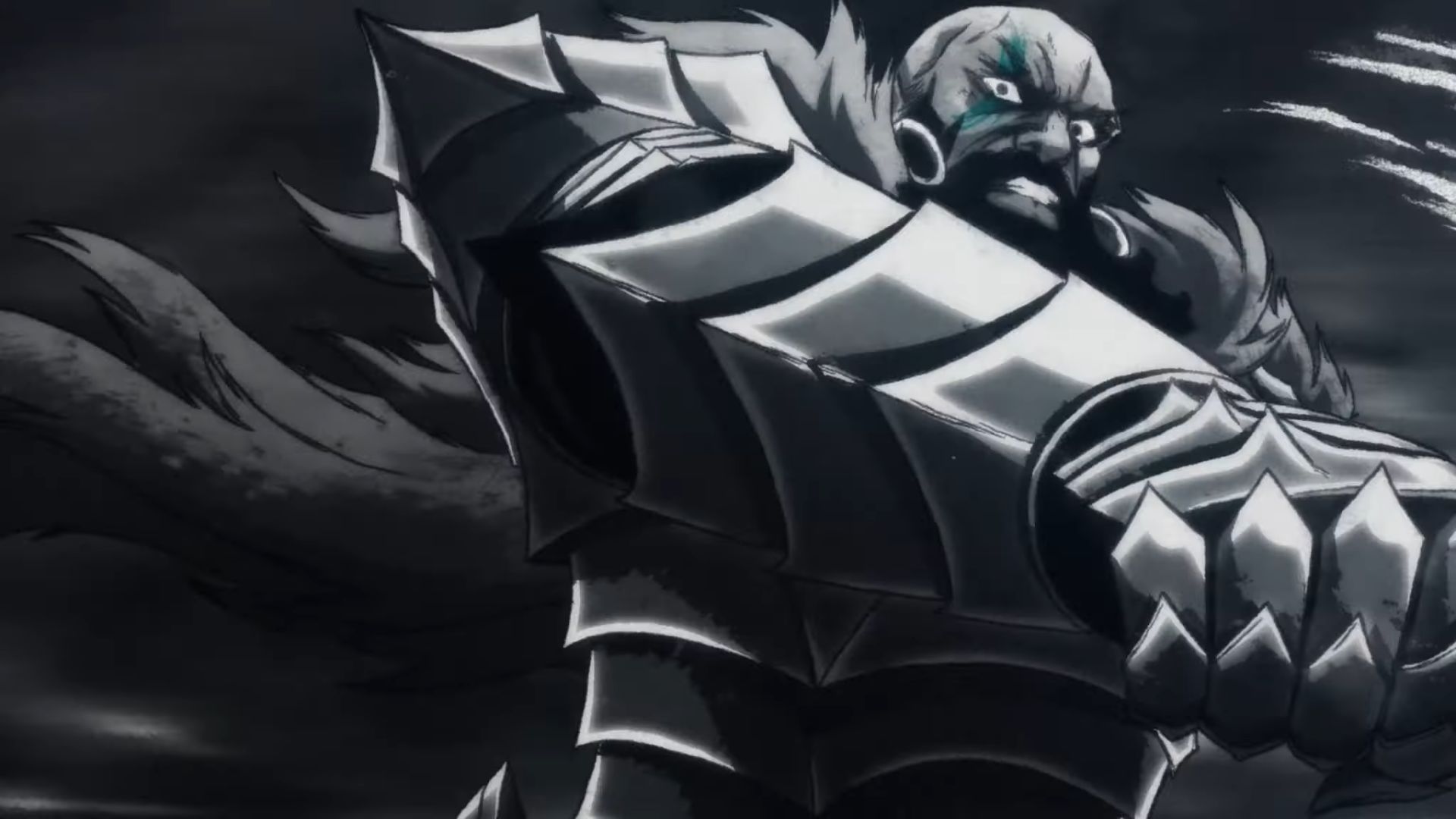
In The Excavation of Hob’s Barrow, you’ll dig up more than just secrets.
What’s special about Thomasina Bateman? Does she wear a particular protective talisman, perhaps? Was an alien embryo shot into her brain? She doesn’t have recurring nightmares, at least not at the start of the game. Perhaps she’s a v… no, let’s not go there, though she’s definitely not a police officer either. Whatever it is, it’s brought her to a village in northern England which, on the surface, appears normal, the residents going about their business wi’ nowt more than a cheery ‘ey up’.
What is it? Peculiarly British folk horror point ‘n’ click
Expect to pay: £20/$20 (guess, please check before publication)
Developer: Cloak and Dagger Games
Publisher: Wadjet Eye
Reviewed on: Threadripper 2950x, 64GB RAM, RTX 3080
Multiplayer? No
Link: Steam
Of course there’s more to it than that, otherwise Thomasina wouldn’t be here. She’s a forthright modern Victorian woman eking out an existence as an antiquarian, summoned to the village of Bewlay by an elusive man who’s the driving force behind an excavation of a certain barrow. And what secrets does she discover?
Wonderful things—though recognising them can require looking past the art style. The low-res, blocky sprites may have worked for Maniac Mansion, but that game was set largely indoors. In Hob’s Barrow’s, what are meant to be majestic woodlands complete with recognisable songbirds, and blasted moors stretching as far as the eye can see, are rendered a mass of individual pixels that can struggle to coalesce as a whole.
In the underground sections of the second half of the game the look comes together, with stone blocks and curious pink lighting. When it isn’t muddy, the hand-drawn look certainly has plenty of charm.
And atmosphere too. This is the game’s strong point, its folk horror roots figuratively and literally digging into the earth around Bewlay to drag out a monstrous story that pulled me all the way to its lethal conclusion. There’s very little actual horror here in terms of jump scares or gore, unless you count the actions of a certain stray cat. It’s a subtle kind of horror that makes you sit and think about the implications of what the wonderfully voiced villagers have brought upon themselves.
(Image credit: Cloak and Dagger Games)
The character of Thomasina adds greatly to this. She’s utterly stoic: her favourite phrases are ‘curses!’ and ‘hogwash!’, and she will not take any advice to stop her proposed archaeological analysis of what appears to be a very normal small burial mound. She doesn’t back down when faced with the obvious supernatural or—content warning—discussion of suicide. She isn’t afraid of banging on people’s doors to demand they help her. She might even be the sort who answers the telephone, had they been invented yet. Why, you’d almost think there really was something about Thomasina that ties her to events in this place she’s never been before.
Mound the twist
We’re with her as she explores the village, fetching items for villagers so they’ll impart information or give up an item she needs, battling against walls of silence and misinformation along the way. Near the game’s conclusion she expresses a single moment of self-doubt: is everything she sees just all in her mind? It wouldn’t be much of a game if she gave up and returned to London, and we’d have been robbed of the chance to solve a strong run of adventure game puzzles. I had to translate text from Latin, reference journals in my investigation, juggle apples and pay real attention to what the villagers have to say to Thomasina.
The ending feels slightly rushed but still manages to pull off an effective twist—an event occurs at the end of the game that left me staring open-mouthed at the monitor, unsure whether it would have had more impact had it been my mouse pointer directly causing the events I was watching.
This is called ‘making your own entertainment’ (Image credit: Cloak and Dagger Games)
Stanley the barman is an amiable fellow (Image credit: Cloak and Dagger Games)
It’s a misty day in the village, and you are a horrible archaeologist (Image credit: Cloak and Dagger Games)
Mr. Shoulder, I presume (Image credit: Cloak and Dagger Games)
What can you see, Thomasina? (Image credit: Cloak and Dagger Games)
Mother Mildred squeezes a spot on the end of her nose (Image credit: Cloak and Dagger Games)
Home is an inn called the Plough and Furrow (Image credit: Cloak and Dagger Games)
But the moment could’ve been even better: Throughout the eight or nine hours it took me to finish Hob’s Barrow, the game delighted in switching away from the low-res action to show a more detailed picture of a particularly weird, gruesome or important sight, from an old man sitting on a bench to the crude daubs of a supposed artist. It doesn’t use this trick at the crucial moment when it should be at the height of its storytelling power.
The game also leaves questions in its wake. The lives of the characters, apart from a select group, are left without a conclusion, even though the whole game is driven by a need to know what happens next. The amount of foreshadowing packed into the first third pushes you on with the need to know how these clearly significant but obscure events could possibly be linked, so to have this snatched away at the end seems unfair.
Also, there’s a goat that just disappears. An epilogue would have been nice.
But in terms of what is there, Hob’s Barrow is a splendid experience that’s well paced, excellently voiced, and doesn’t outstay its welcome. It’s a haunting tale of one woman’s determination to succeed and of a conspiracy to… well, not exactly stop her, but twist her work in the most hellish way. There is something special about Thomasina Bateman, and it has led to a rather special game.






